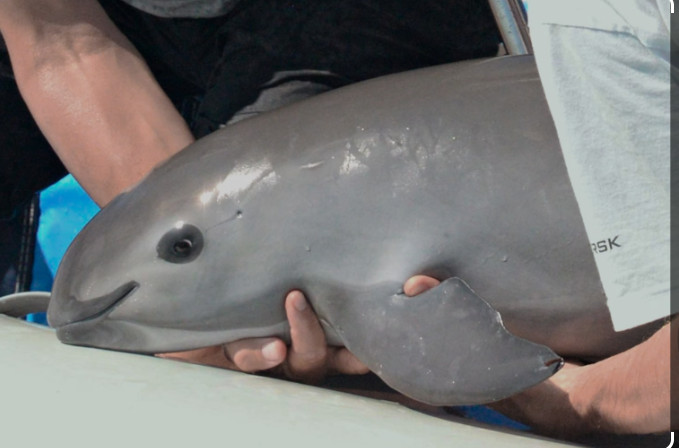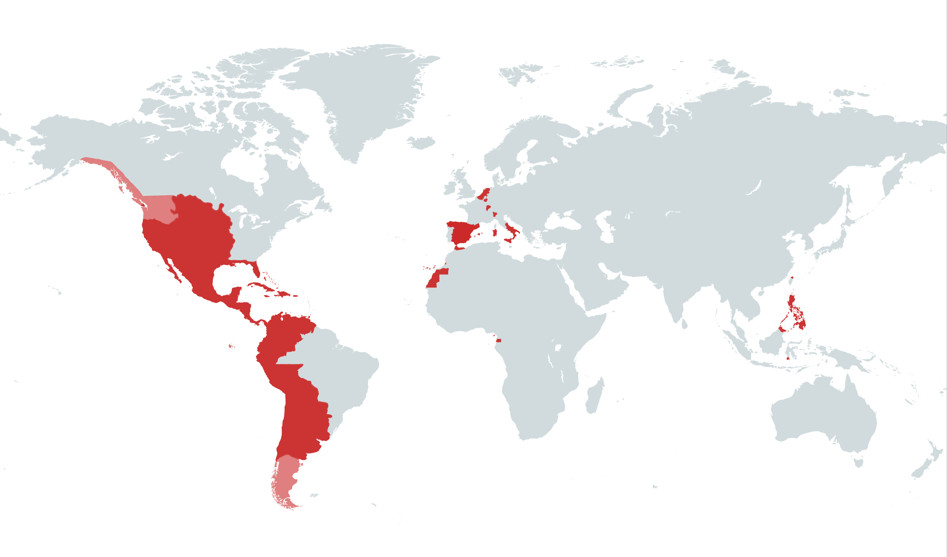Argentina’s Mirtha Legrand: Still Going Strong at 97
Mirtha Legrand: Still Going Strong at 97 Can you believe Mirtha Legrand is still hosting her TV show at 97 years old? It’s unheard-of! She’s been a staple on Argentine TV for decades and shows no signs of stopping. Mirtha is possibly the most veteran active TV host in the world, which is pretty incredible. […] More









